France - Upper Rhine, Vosges
Crafted by an exceptional sculptural workshop, this monumental head in pink Vosges sandstone is a rare example of Cistercian monastic statuary from the second half of the 12th century, characteristic of the Upper Rhine. The asceticism of its sculptural treatment, perfectly in keeping with the austerity advocated by the Cistercian order, is combined here with a remarkable expressive intensity.
Stylistic and iconographic analysis
The tonsure: a distinctive clue
The absence of hair on the crown of the head reveals a Cistercian tonsure, characteristic of the monks of this order. Unlike the more pronounced tonsures of other congregations, the Cistercian tonsure reflects the principles of simplicity and simplicity advocated by the order. This particularity links our sculpture to a Cistercian monk or abbot, possibly a major spiritual figure of an abbey in the Upper Rhine region.
The Almond-Shaped Eyes and Their Expressiveness
The treatment of the almond-shaped eyes, deeply incised and slightly asymmetrical, gives the face a fixed, almost hypnotic gaze, reinforcing the effect of contemplation and transcendence. This stylization is typical of late Romanesque and early Gothic art, finding echoes in the Cistercian sculptures of Alsace and the Upper Rhine, particularly in the sculpted figures of the abbeys of Neubourg and Lucelle, where the fixed expression of the faces contributes to a sober and meditative iconography.
The Half-Open Mouth and the Symbolism of the Tongue
A striking detail of this work is the half-open mouth, revealing a slightly protruding tongue. This motif, rare in medieval religious statuary, can have several interpretations:
• A sign of mystical ecstasy: The opening of the mouth could evoke a monk in deep prayer, reciting psalms or chanting in a state of religious fervor.
• An architectural or symbolic function: Some medieval sculptures, particularly in Cistercian cloisters, sometimes adopted more expressive, even grotesque, expressions for moralistic or protective purposes.
• An evocation of monastic silence: In the Cistercian order, silence occupied a central place in monastic life. The fixed expression and slightly visible tongue could symbolize the tension between speech and spiritual muteness.
A rare example of 12th-century Cistercian statuary
Part of the sculptural tradition of the Cistercians of Alsace and the Upper Rhine, this head likely belonged to an architectural or liturgical ensemble:
• An element of a sculpted modillion, decorating a portal or cloister.
• A figurative keystone, adorning a church or chapter house.
• A remnant of an altarpiece or monastic tomb.
The use of pink sandstone, an emblematic material of Alsatian and Vosges architecture, brings this work closer to the sculptures of the region's great abbeys. The metal fastening system visible on the back suggests an earlier reuse or a specific anchoring in its original context.
Condition and Conservation
Despite natural erosion, this sculpture retains a remarkably even patina and traces of ancient polychromy, notably a white coating attesting to the original coloring, consistent with medieval practices. An early restoration on one of the eyes testifies to the desire to preserve this work over the centuries.
Conclusion
With its ascetic and expressive treatment, this Cistercian head constitutes an exceptional vestige of medieval monastic statuary, combining spiritual rigor and profound humanity. Its penetrating gaze and half-open mouth make it an object of contemplation, rooted in a sober and mystical sculptural tradition specific to 12th-century Cistercian art. A unique testimony to the dialogue between matter, faith, and stone in the context of the great monastic complexes of the Upper Rhine.
Iconography consulted
• Romanesque sculpture in Alsace, Jean-Paul Fuhry, 2002.
• Romanesque Alsace, Robert Will, 1965.
• Cistercian abbeys, Bernard Peugniez, 2012.
Dimensions
Height: 21 cm
Weight: Over 4 kilos
All deliveries are made by DHL Express only!




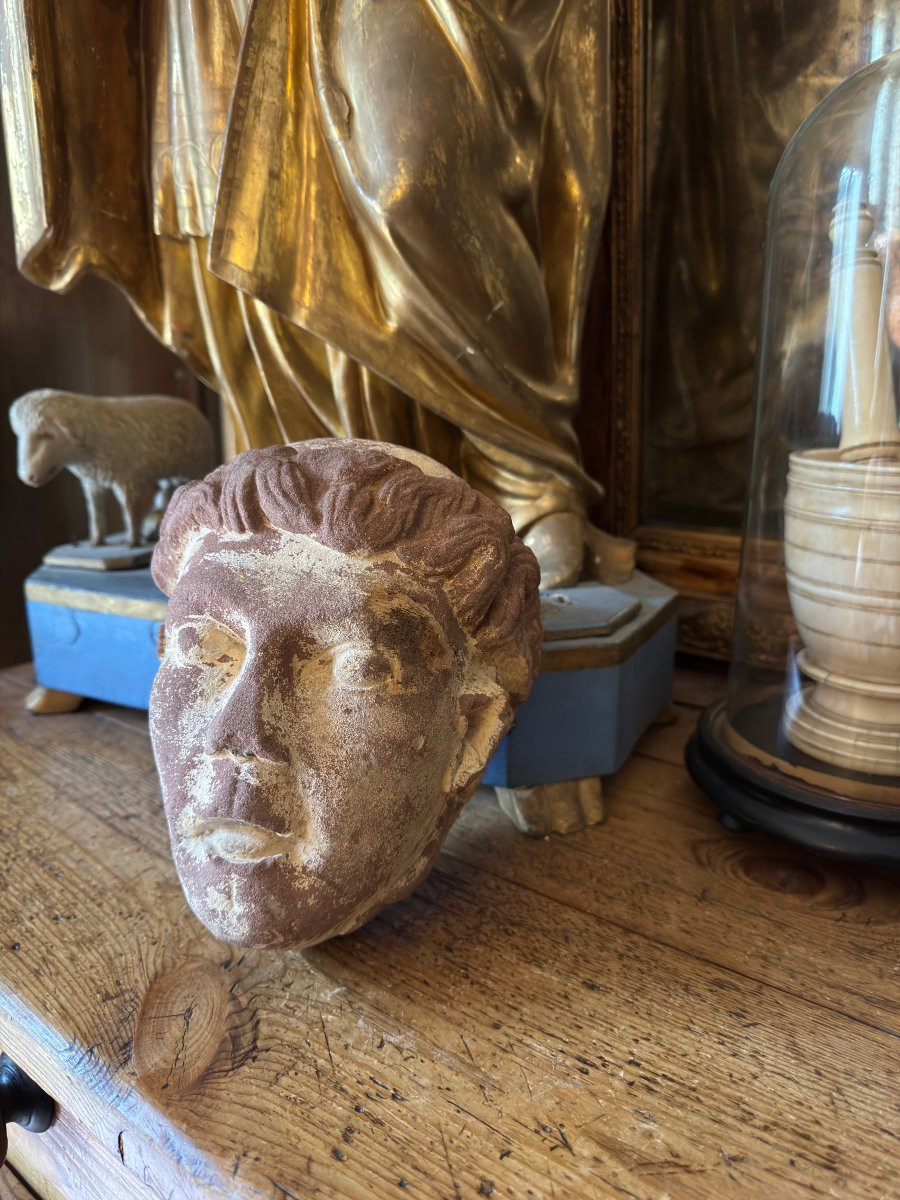
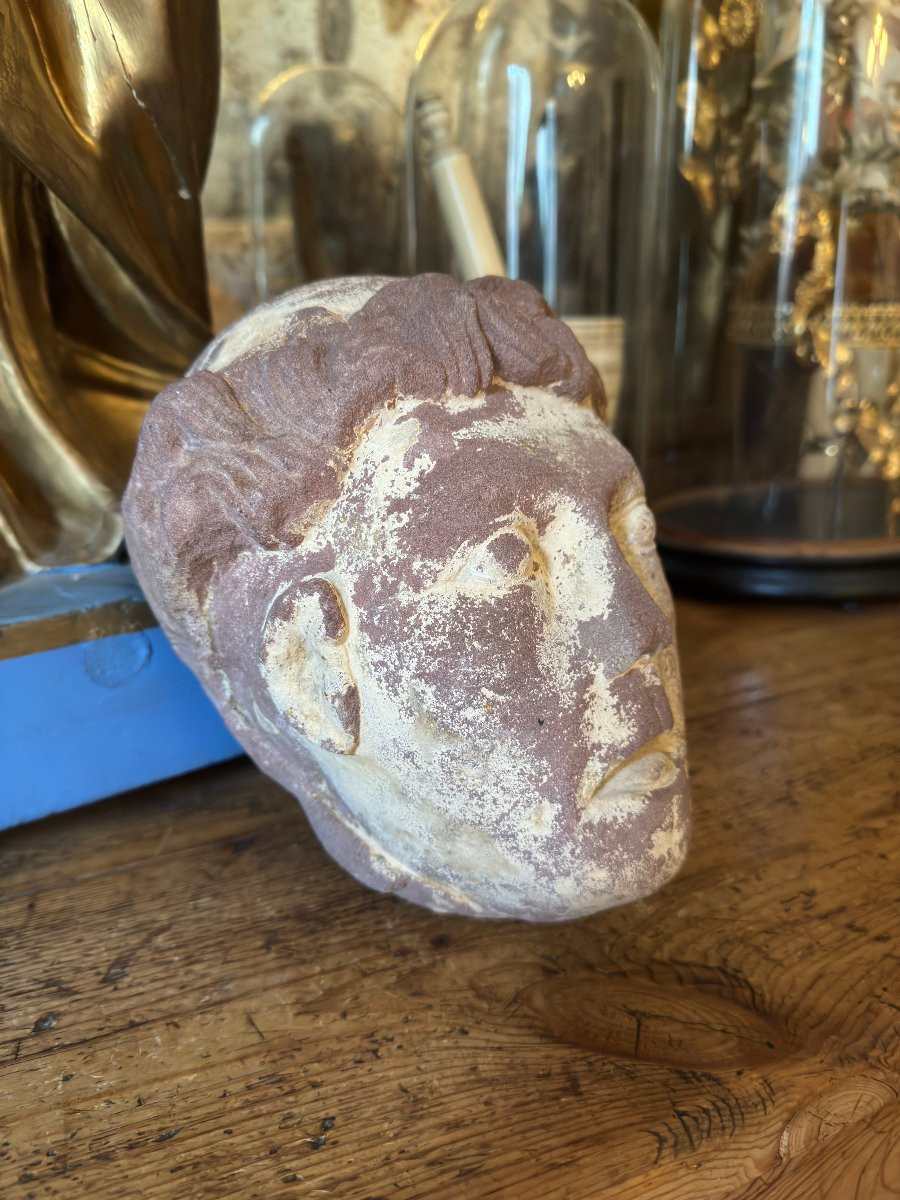
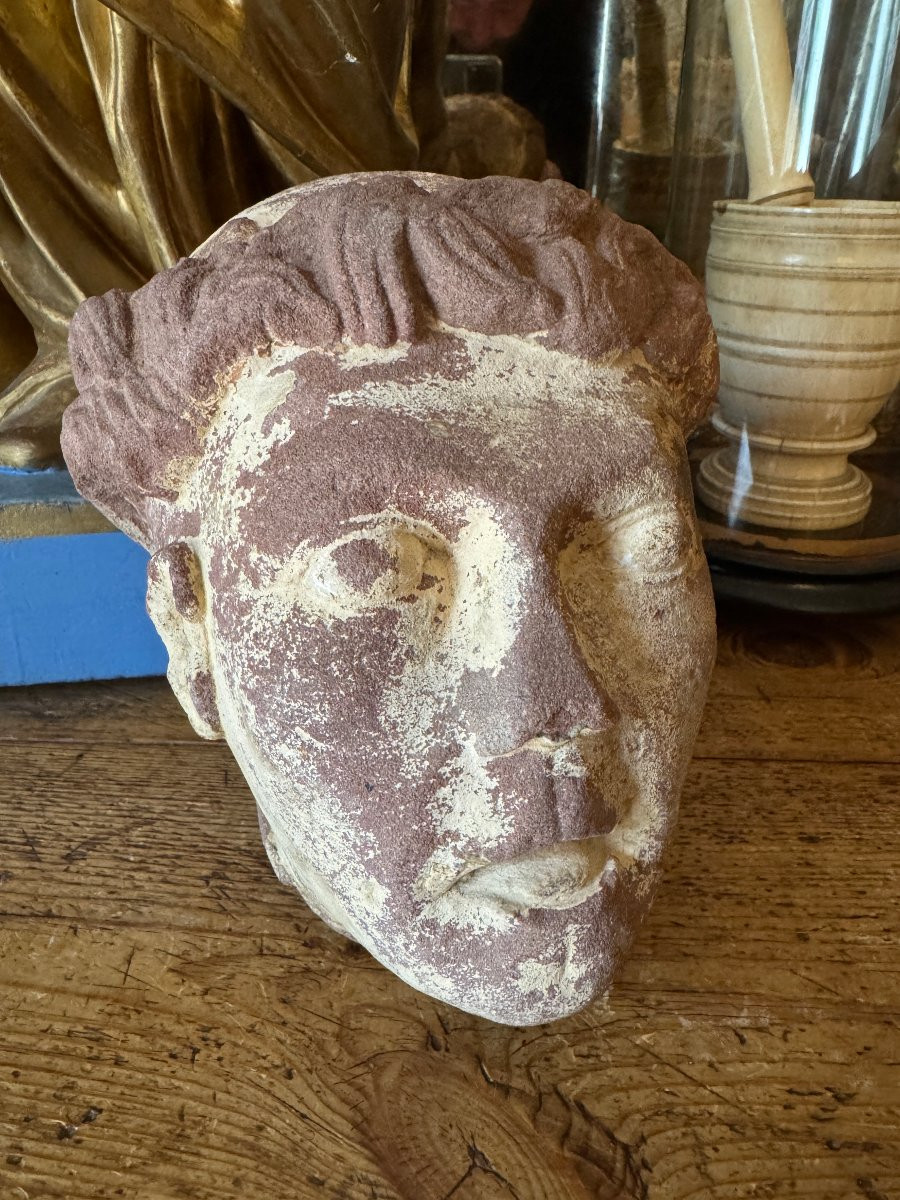

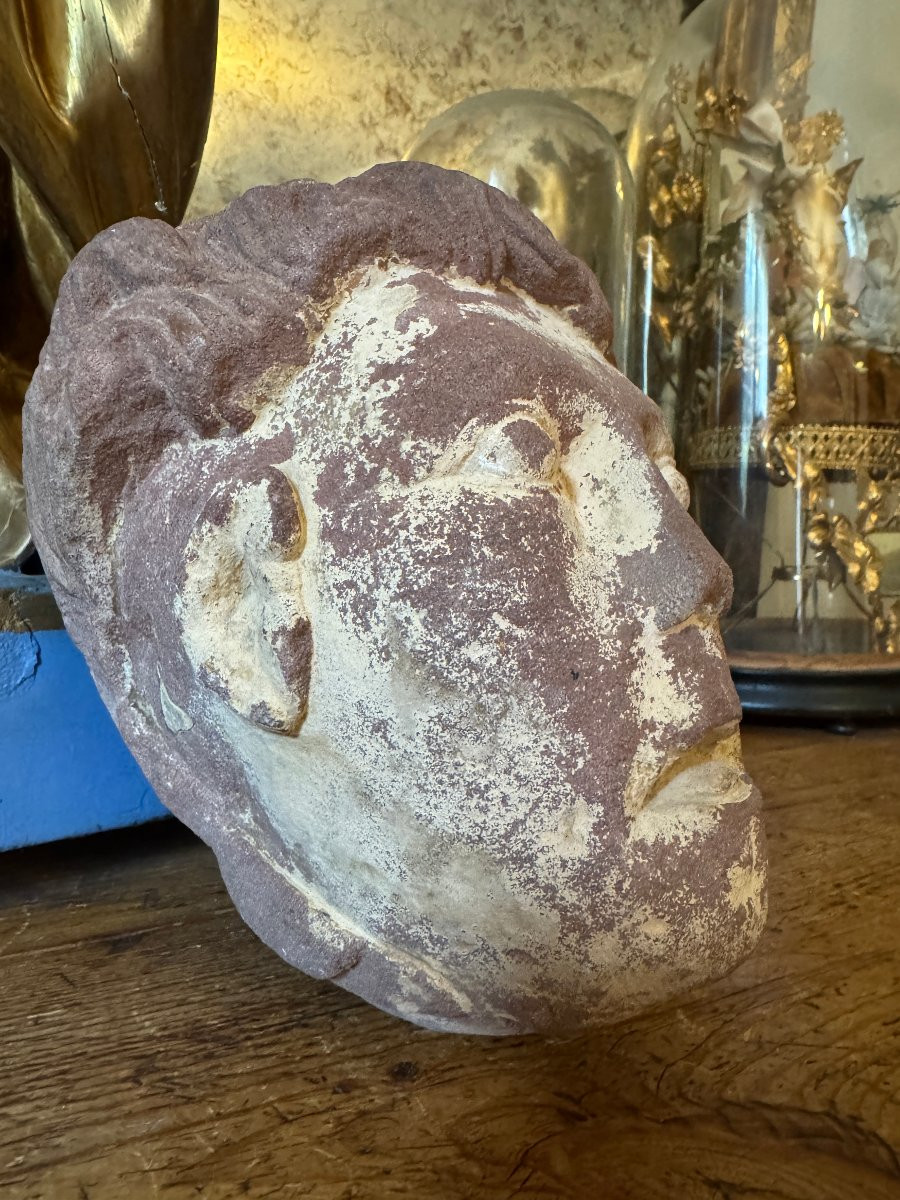
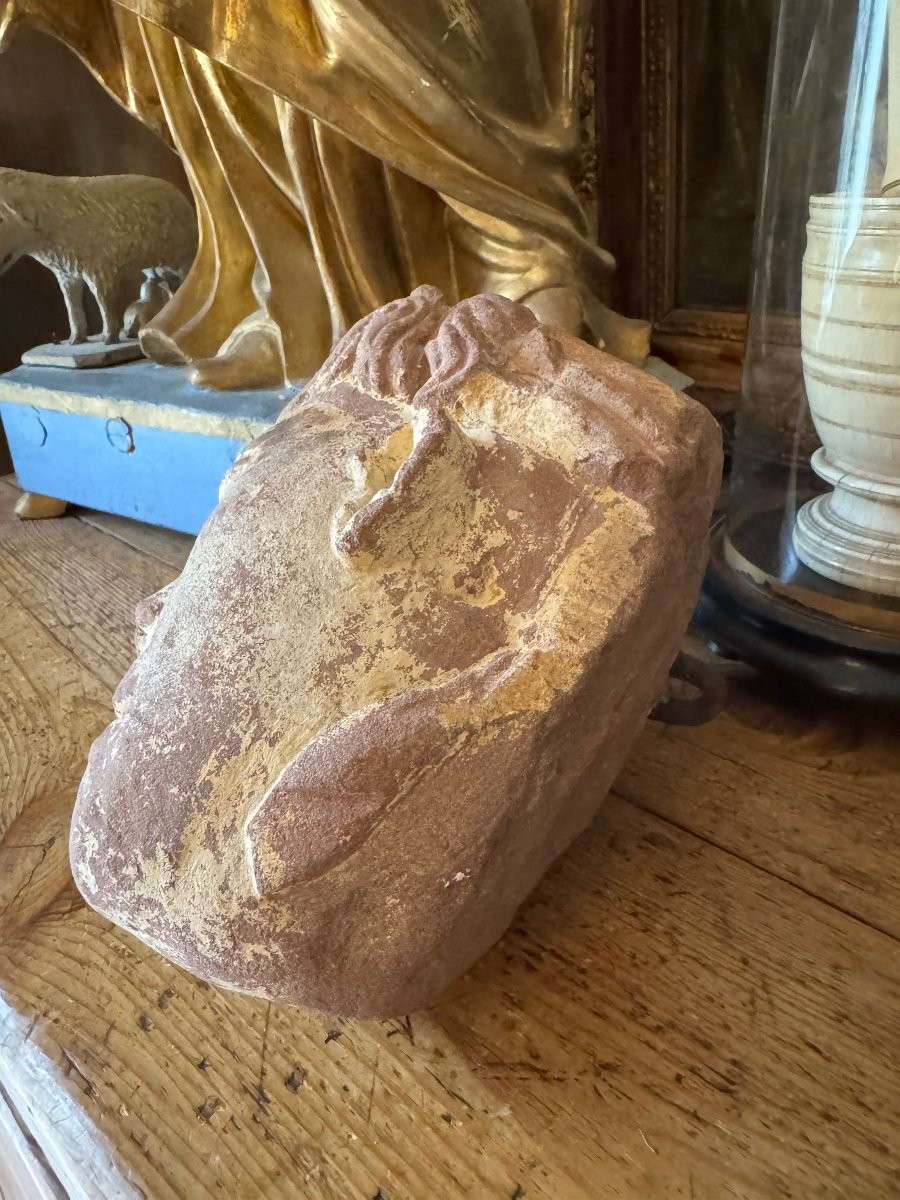
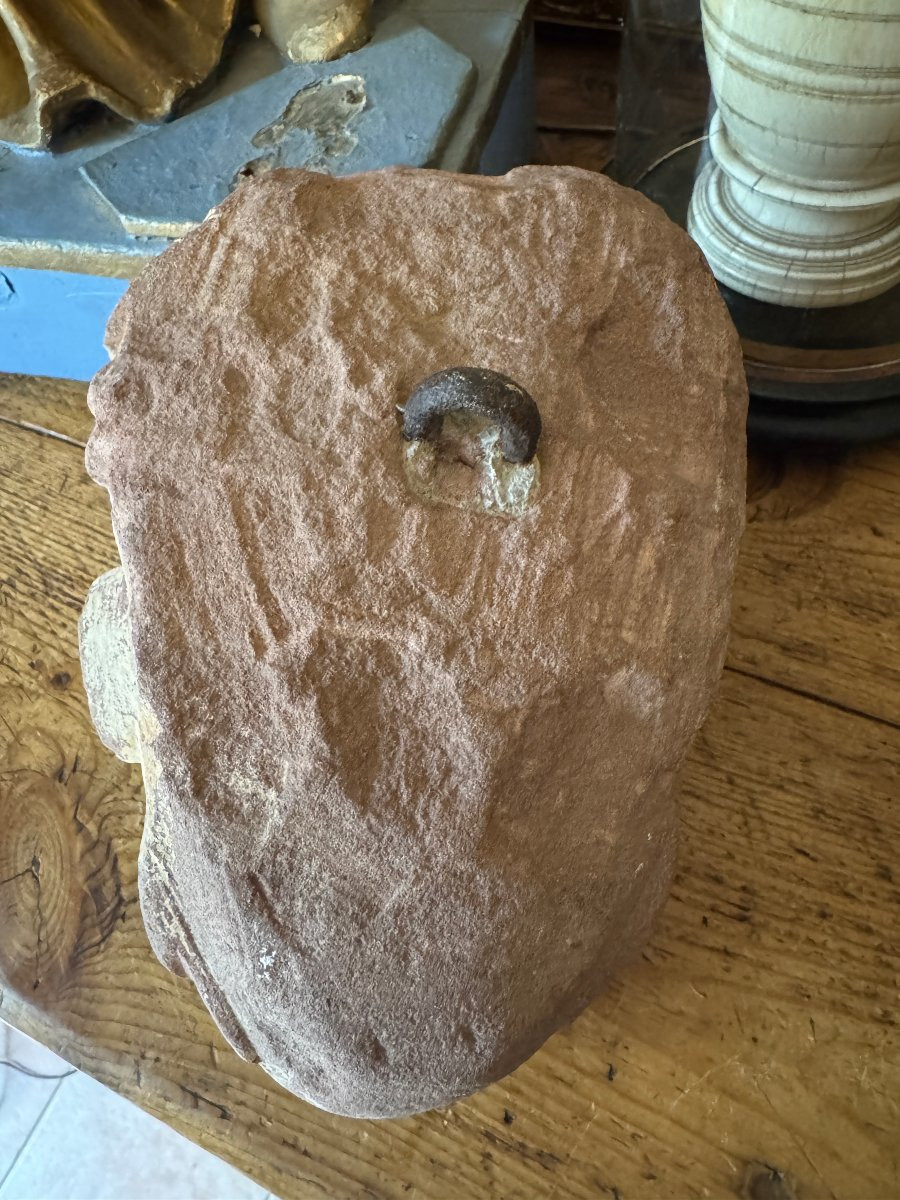
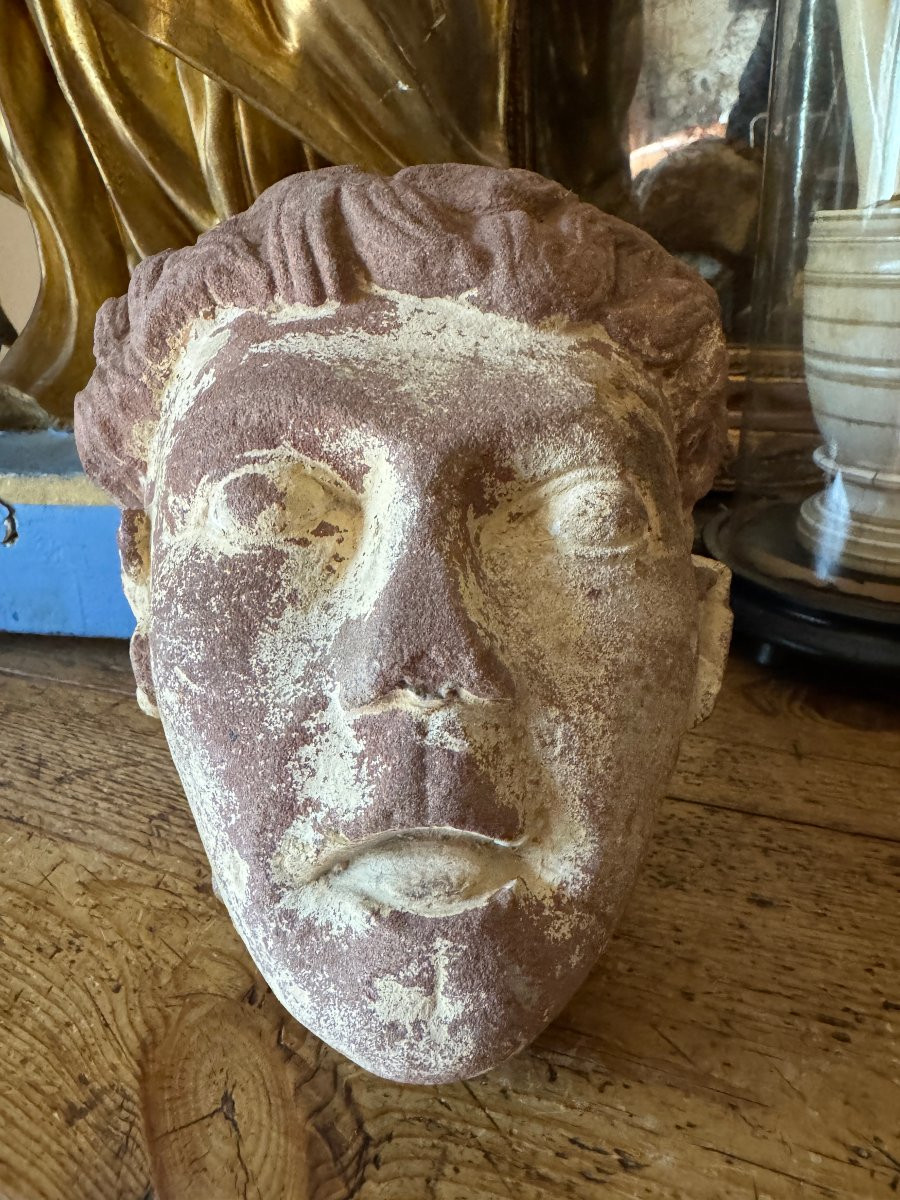

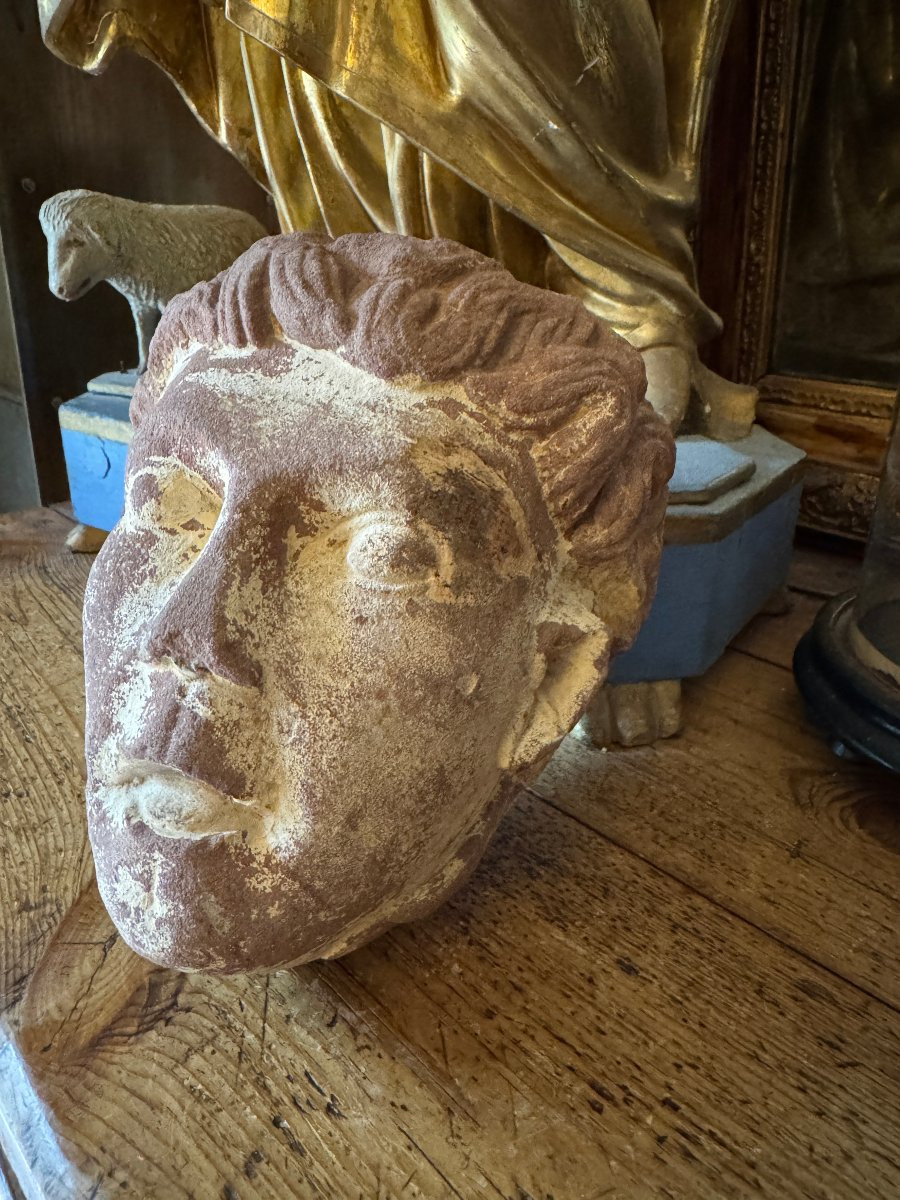
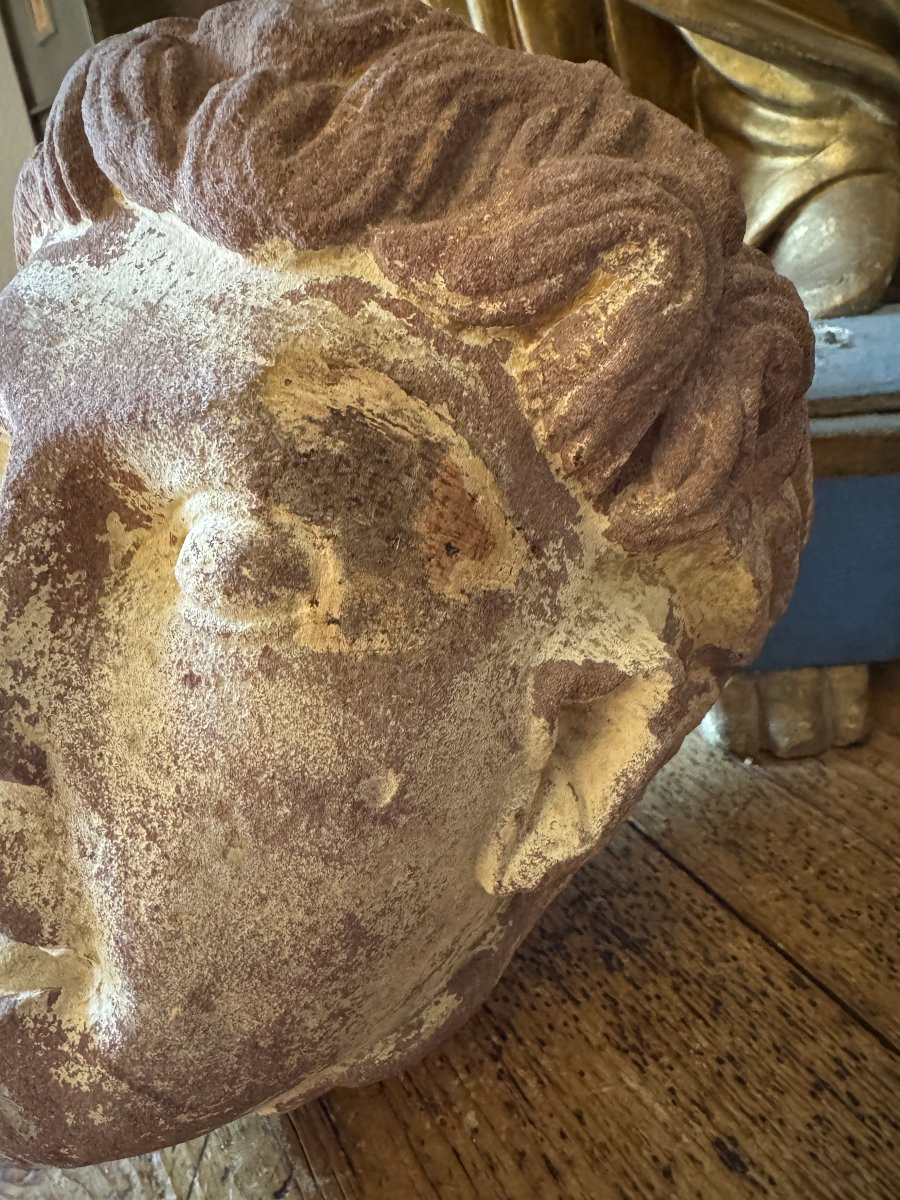






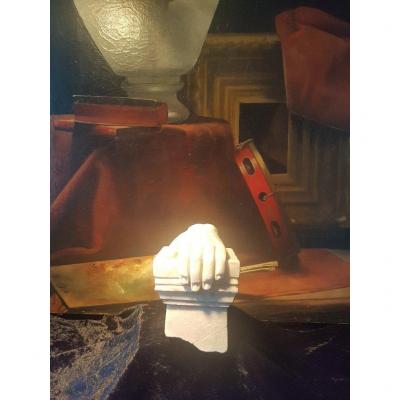
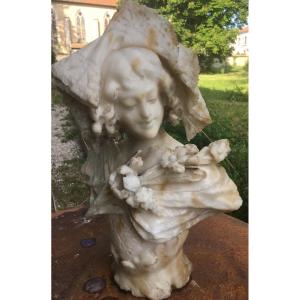
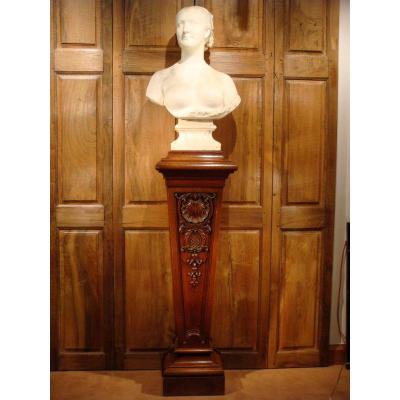






 Le Magazine de PROANTIC
Le Magazine de PROANTIC TRÉSORS Magazine
TRÉSORS Magazine Rivista Artiquariato
Rivista Artiquariato
